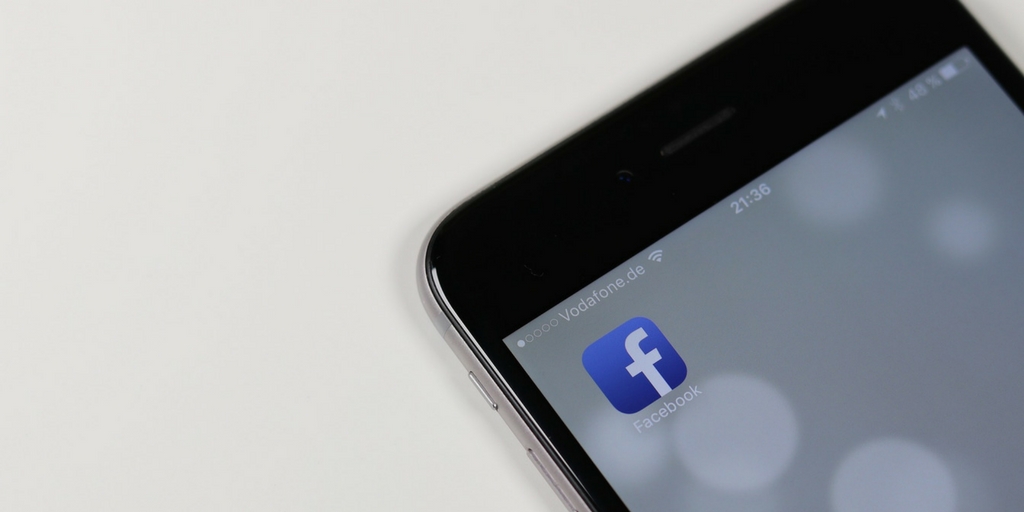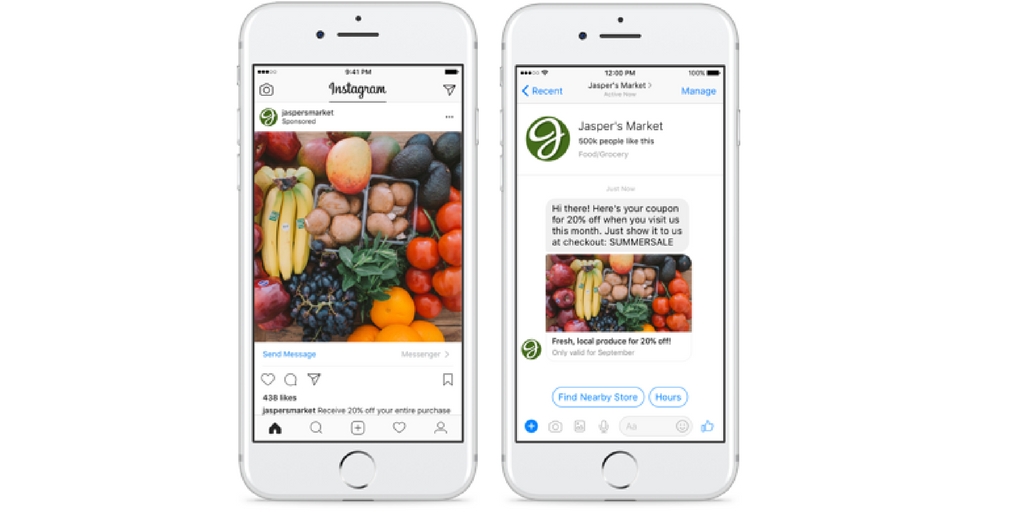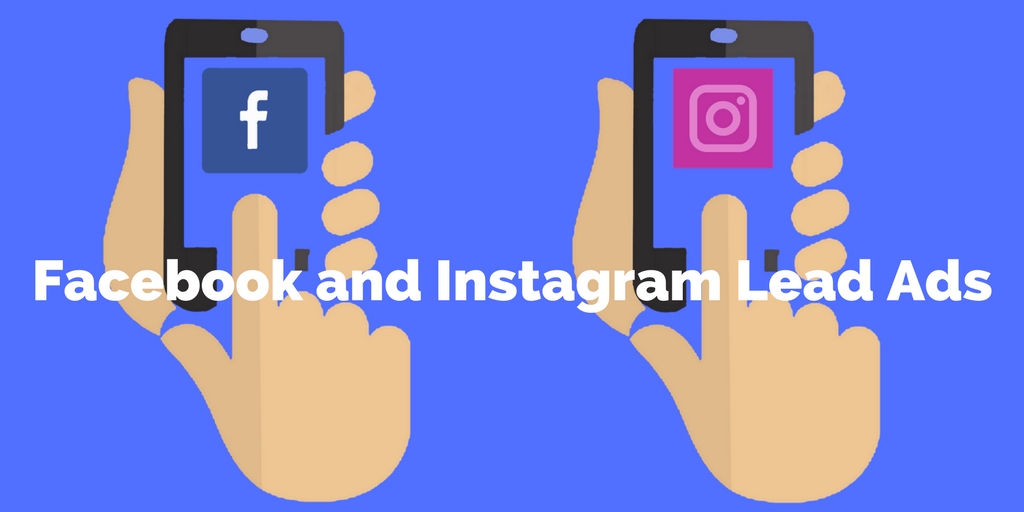
by Fronetics | Sep 7, 2017 | Blog, Content Marketing, Marketing, Social Media
When you are posting on social media could be as important as what you’re posting, and this CoSchedule study attempts to determine the best time to post.
Timing is everything. And that statement especially holds true when it comes to posting content to social media.
There’s no point in putting in the time and effort to create informative blog posts, inspirational tweets, or captivating Facebook posts if you’re not getting the most exposure you can out of your social media outlets.
That being said, there is ample data out there on the best times to post on Facebook, Twitter, LinkedIn, and Instagram. Earlier this year, CoSchedule looked at a combination of its own original data and more than a dozen studies on this very topic, from sources like Buffer and Quintly, and compiled the results to take the guess work out of when to post.
Here’s a breakdown of their results.
Best times to post on social media by network
Facebook
Most people are using Facebook around the clock, on their desktop and mobile devices. Unlike other sites that attract more attention during the work week, Facebook users are checking in at work and at home.
- The most optimal time to post is 1-4 p.m. Thursday through Sunday, specifically on Saturdays and Sundays between 12-1 p.m.
- Posts during the week had the highest clickthrough rate on Wednesdays at 3 p.m.
- Avoid weekends before 8 a.m. and after 8 p.m., when user numbers are significantly lower
Twitter
Much like Facebook, Twitter users are active on their mobile devices as well as their desktop computers. But they tend to treat Twitter like a revolving newsfeed, so downtime breaks — like during commuting hours and lunch — tend to see higher usage.
- Between 12-3 p.m. and 5-6 p.m. is the optimal time to tweet for the most exposure, which correlates with lunch and the evening commute.
- Weekday tweets have a higher chance of being retweeted with higher clickthrough numbers
- B2B tweets saw a 16% better performance during work hours, while B2C tweets saw a 17% better performance on weekends.
LinkedIn
Also known as the social media site for professionals, LinkedIn saw 25% of its users during weekdays and specifically, during work hours. Not as popular as some of its competitors, more than half of LinkedIn users visit less than once a week, so your posts need to deliver a clear message in short, informative posts.
- Not surprisingly, the posts with the highest views and clickthrough rates were Tuesdays through Thursdays from 7-8 a.m., 12 p.m. and 5-6 p.m., in direct correlation with the start and end of the work day.
- Some companies have seen a higher performance on Tuesdays between 10-11 a.m.
Instagram
More than half of Instagram users log on daily, but tend to use the mobile app in their free time. Posts for this site are image-driven and are often more creative and less data-heavy than other sites.
- In general, the best times to post are on Mondays and Thursdays, in the evenings or early mornings.
- Some companies have reported success on Mondays between 8-9 a.m., correlating with the morning commute.
Many people still play a guessing game when it comes to deciding the best time to post their content for the most impact. And though there is no magic formula for the most retweets or reposts, there is data to help guide you. Posting the right content, at the right time, can make the difference between getting valuable comments, shares, and clicks on your links, which translate to valuable new leads.
Related posts:


by Fronetics | Jul 27, 2017 | Blog, Content Marketing, Current Events, Marketing, Social Media
In July’s social media news, platforms saw a rise in daily active users and broke records in more than one category.
Once thought to be a passing trend, social media is nowhere near slowing down in terms of growth. Next Web reported that India has taken over as the largest audience of Facebook, beating out the U.S. with over 241 million active users. Active users in India are up 27% in the past six months, twice the rate of U.S. users.
But the social media news doesn’t stop there. Facebook and Instagram are topping charts with their active users. LinkedIn and Google are boosting job opportunities through new features and search capabilities. And social media monitoring platforms are adding video to their repertoire.
Here’s a look at this month’s social media news.
Facebook reaches over 2 billion monthly active users around the world
India isn’t the only country boosting Facebook user numbers. The social media giant just celebrated having “2 billion people connecting and building communities on Facebook every month.” The company thanked its users with a personalized video and Mark Zuckerberg’s promise to take the global connection and use it to create a “more open and connected” world.
Instagram Stories reaches 250 million daily active users and adds live video replay
Instagram Stories continues to take over the ‘stories’ arena with 250 million active daily users. Snapchat, which founded the stories format, is falling far behind with only 161 million active daily users. Instagram Stories was unveiled last August and has experienced remarkable growth and success thanks to support from its sister company, Facebook. The social media platform has also introduced its newest feature, a share button with the ability to replay live videos for up to 24 hours.
Facebook tests custom audiences based on engagement with Instagram Business Profiles
Adweek reports that “Facebook is testing the ability for brands to create custom audiences based on engagement with Instagram business profiles.” This new type of filtering could allow brands to create engagement audiences, people who have previously engaged with your content on Instagram. Filters could include all interactions, users that have commented on a post, or any activity within a certain time frame. Though only in the testing stages, these custom audiences could help brands create specific messaging for targeted audiences based on their interactions with a brand’s Instagram page.
CrowdTangle adds video views to metrics
CrowdTangle, a social media monitoring platform for brands, has just added video views to its metrics for Facebook and Instagram. With video’s increasing popularity, the company felt it was important to offer its clients a way to measure how their videos are performing. “Publishers can now easily track emerging new trends and best practices on Facebook and Instagram, as well as discover great videos and video creators, see overall video views across their industry, and benchmark themselves against competitors,” CrowdTangle says.
LinkedIn creates new search to boost job opportunities
LinkedIn has created new search capabilities that make it easier for users to uncover new jobs and other professional opportunities. The new search also allows users to see the companies and job titles of the people who found them in a search, identifying opportunities that align with the user’s resume. Available on your phone or desktop computer, these new features make searching jobs and hiring managers that much more accessible.
Google launches Google for Jobs
Partnering with the biggest job searching sites — like LinkedIn, Monster and CareerBuilder — Google just introduced a new initiative to allow users to find job opportunities directly through a Google search. The new search update also allows users to receive email alerts of new employment postings in real time. “When Google for Jobs launches, it will act as kind of a mega job-search engine that will let you sort through multiple career sites in one go,” says Google CEO Sundar Pichai.
Related Posts


by Fronetics | Jun 28, 2017 | Blog, Current Events, Marketing, Social Media
In June’s social media news, more social media platforms are making changes to benefit businesses who advertise.
June has seen a lot of recent changes in big-name platforms, like Facebook, Instagram and Twitter, that will directly impact the engagement between businesses and potential customers. The trend is to create apps that work harder for paid advertisers, increasing brand awareness for businesses and proving their worth through built-in tracking.
Apple has also been working overtime to keep their products competing with the big players in the social media game. New analytics and introduction of Business Chat are keeping the fruit relevant.
Facebook Rolls Out Two New Ad Campaign Tools for Marketers
Facebook delivered two new options for helping businesses grow: Valued Optimization and Lookalike Audiences. The first, Valued Optimization, “works by using the purchase values sent from the Facebook pixel to estimate how much a person may spend with your business over a seven-day period. The ad’s bid is then automatically adjusted based on this estimation, allowing campaigns to deliver ads to people likely to spend more with your business at a low cost.” The second, Lookalike Audiences, helps marketers reach people likely to be interested in a business based on people who have visited their site. Read more
Facebook Expands Click to Messenger Ads to Instagram
Facebook continues to expand ways for users to connect directly with businesses. The Click to Messenger ads have been available through Facebook for a while, and now they’re expanding to Instagram. “Instagram Click to Messenger ads let you reach the people you care about on Instagram and engage with them on Messenger.” Read more
Instagram Makes Sponsored Content More Transparent
Last week Instagram introduced a new “paid partnership tag” that will clearly identify sponsored posts on its app. “Partnerships between community creators and businesses are an important part of the Instagram experience, and a healthy community should be open and consistent about paid partnerships.” This new tag will help users determine when posts are influenced by commercial relationships with businesses. Read more
Apple Rolls Out Analytics to Podcast App
During a podcast session at WWDC, the Apple developer conference, Apple announced that its podcast app will now have the ability to give publishers data that tells them just how much of their episodes are actually being listening to. Apple Podcasts app will allow creators to track aggregated data about when users start, stop, and skip within an episode. This data will give podcasts tangible results that were once estimated from the number of downloads a podcast received. Read more
Apple Debuts Business Chat
Business Chat allows real customer service representatives to communicate directly with users through iMessage. According to the Apple Developer site, customers can use this new feature to “find your business and start conversations from Safari, Maps, Spotlight, and Siri.” The Verge reports that “there will be built-in features like Apple Pay and calendar integration, which will allow Business Chat to facilitate purchases without requiring the user to exit the chat.” Read more
Twitter Experiments with New Promotional Features for Sponsored Live Video
After entering into an exclusive partnership with Live Nation, Twitter is experimenting with new features to help promote events featured on LN. New features like an alert that users can set to remind them of the live event or a branded timeline that will put all tweets about the event on one landing page will help strengthen the relationship between Twitter and Live Nation, paving the way for more partnerships with big brands. Read more
Related posts:

by Fronetics | Jun 19, 2017 | Blog, Content Marketing, Marketing, Social Media
Facebook Lead Ads make it easy for both businesses to gather lead information and for prospective customers to learn more about products and services that interest them.
Only 37% of B2B marketers feel Facebook advertising is working for their business. On pace to hit 2 billion users this year, Facebook obviously has reach. So why is Facebook advertising not showing a greater ROI for your business?
Well, are you using lead ads? If not, that’s probably one of the reasons.
Facebook lead ads allow you to run lead-generation campaigns on Facebook and Instagram. This kind of social advertising shows an ad for your product or service within the news feeds of potential customers. Just set the parameters (e.g., demographics, location, etc.) for your target audience, and the network’s algorithm will identify who sees the ad based on information they’ve provided in their profiles.
But here’s the real kicker: Unlike other ad types, lead ads include a contact form that lets these potential customers show their interest in a product or service by filling out the form with their details without ever leaving Facebook (or Instagram).
Lead generation made easy
These days, people expect that everything from shopping to job searching can be done on their handheld devices. Facebook lead ads make that true for people wanting to learn more about new products or businesses.
Here’s how it works: Potential customers click on a lead ad, and their contact information automatically populates based on information from their profile. No leaving Facebook to visit the business’ website and taking the time to provide contact information necessary. Lead ads makes gathering lead information as easy as two taps on a phone: one to open the ad, and one to submit the information.
“If you want to iterate through lead forms quickly, Facebook Lead Ads are a great way to collect the information without building new landing pages and creating tons of copy,” says Tony Adams in Visible Factors. “The contact forms appear natively on Facebook and Instagram. You can easily use them to sign people up to newsletters for drip marketing campaigns or in a direct B2B campaign funnel.”
According to research from Google, B2B buyers have increased the amount of mobile research they do throughout the B2B purchase path by 91% year over year. With lead ads, Facebook has set the bar for mobile marketing by eliminating the need for customers to fill out time-consuming forms and for companies to create landing pages.
theSkimm, a news and information site, wanted to expand its reach and increase its conversion rate, with the ultimate goal of attracting more highly qualified leads and significantly increasing its subscriber pool. After testing a number of different tactics, theSkimm created a series of Facebook lead ads. The ads featured the company logo to reinforce its branding and a ‘Subscribe’ link inviting people to sign up on the spot. The result was a 22% increase in lead quality at a cost per acquisition of just $1-2.
Creating and modifying your ads
As buyers continue to turn to their handheld devices for quick, easy information, Facebook lead ads will give your brand the opportunity to capture new leads with the click of a button. But just like any form of lead generation, you need to monitor and tweak your Facebook lead ads for optimal results.
Through Facebook’s Ads Manager reporting interface, you can obtain reports about cost, impressions, and clicks. As with all marketing tools, consistent refinement is the key to success. Lead ads can easily be fine-tuned to cultivate a larger target audience.
Facebook lead ads provide B2B companies an opportunity to gain leads and a larger reach. If you haven’t tried this yet, we highly recommend switching over some of your social advertising budget.
Related posts:


by Fronetics | Apr 27, 2017 | Blog, Content Marketing, Marketing, Social Media, Supply Chain
In April’s social media news, changes are coming down the pike for Google, LinkedIn, Facebook, and Instagram.
April has been an interesting month for social media news. Google, LinkedIn, Facebook, and Instagram all announced changes to their core products that will affect businesses using these platforms for social engagement and/or advertising.
Make sure you’re following our blog and/or social media pages to get our monthly updates on changes that may affect your social marketing program.
Google may be rolling out ad blocker for Chrome
Although its business model largely depends on advertising, Google is considering putting a stop to ads that are ruining users’ experiences. A potential ad-blocking feature on its Chrome browser would identify unacceptable ads based on standards set by the Coalition for Better Ads in March. Google could roll out this new feature in the next few weeks or choose not to move ahead with it at all — either way, the company is declining to comment.
LinkedIn introduces trending storylines
Storylines are now bringing user interests and the most important stories in their industries to the daily newsfeed. The algorithm includes several perspectives, such as “relevant influencers and news publishers to people in your network.” Each storyline also has a unique hashtag associated with it, so users can join in on the conversation and expand their networks based on common interests.
Facebook is moving closer to virtual reality
At the F8 developer conference, Facebook announced the release of Facebook 360 Capture SDK, a toolkit that makes it easier to capture and share virtual reality video. The ‘Book’s engineers are calling this new process “cube mapping,” which is more efficient and has better image quality than standard 360 video. “We look forward to seeing VR 360 selfies, experiences, e-sports, and more—all in 360,” said Facebook product developers in a mid-April blog post.
Instagram launches offline browsing
Instagram currently downloads images on the fly, querying parent company Facebook’s servers for new content when the app is launched. The updated app, however, will tap a cache instead. It will store any browsed images and will automatically update when internet becomes available. Users will also be able to write comments, like and save photos, and unfollow and follow anytime, as Instagram will queue offline actions to execute when next online.
Facebook Stories expands globally
Facebook Stories are short, user-generated picture and video collections that disappear within 24 hours. Users can add different filters and overlays to content using the in-app camera. A simultaneous messenger update, called Direct, allows users to send photos and videos that disappear after a short time to friends. This popular Snapchat-like format has proven very successful on Instagram, which now boasts more than 150 million Stories users across the globe.
Related posts:









